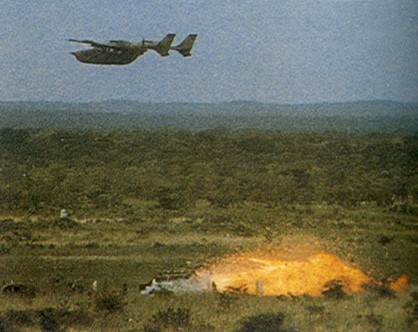I guess you follow the ROE and then the restrictions on air support. But here's a group that good work on flat dessert like terrain.
Koevoet Tactics
Koevoet operations were devoted to tracking groups of SWAPO fighters who were on foot. Their tracks were picked up in various ways, but most often from:
Patrols of areas favoured for crossing by SWAPO fighters.
Information from local inhabitants.
From areas surrounding a recent attack.
Once a suspicious track was found, a vehicle would leap-frog ahead a few kilometres to check for the same tracks, and once found, the other vehicles would race up to join them. Using this technique they could make quickly catch up with the guerillas who were travelling on foot. The technique borrows strongly from experience gained during the Rhodesian Bush War.
The trackers were so skilled at their art that they could provide very accurate estimates on the distance to the enemy, the speed at which they were travelling and their states of mind. They were able to do this by "reading" factors such as abandoned equipment, changes from walking to running speed, reduced attempts at anti-tracking or splintering into smaller groups taking different directions ("bomb shelling").
Once the trackers sensed that the SWAPO fighters were close, they would often retreat to the safety of the Casspir armoured personnel carriers to face an enemy typically armed with RPG-7 rocket launchers, rifle grenades, AK-47s, SKS carbines and RPK and PKM machine guns.
Koevoet members were financially rewarded through bounty system, which paid them for kills, prisoners and equipment they captured. This practice allowed many of the members to earn significantly more than their normal salary, and resulted in competition between units.[6]












 18 gal Frantan strike
18 gal Frantan strike





 and what is that book I can never remember the correct name of? "Brannon'sWar???? or something like that"
and what is that book I can never remember the correct name of? "Brannon'sWar???? or something like that"


Bookmarks